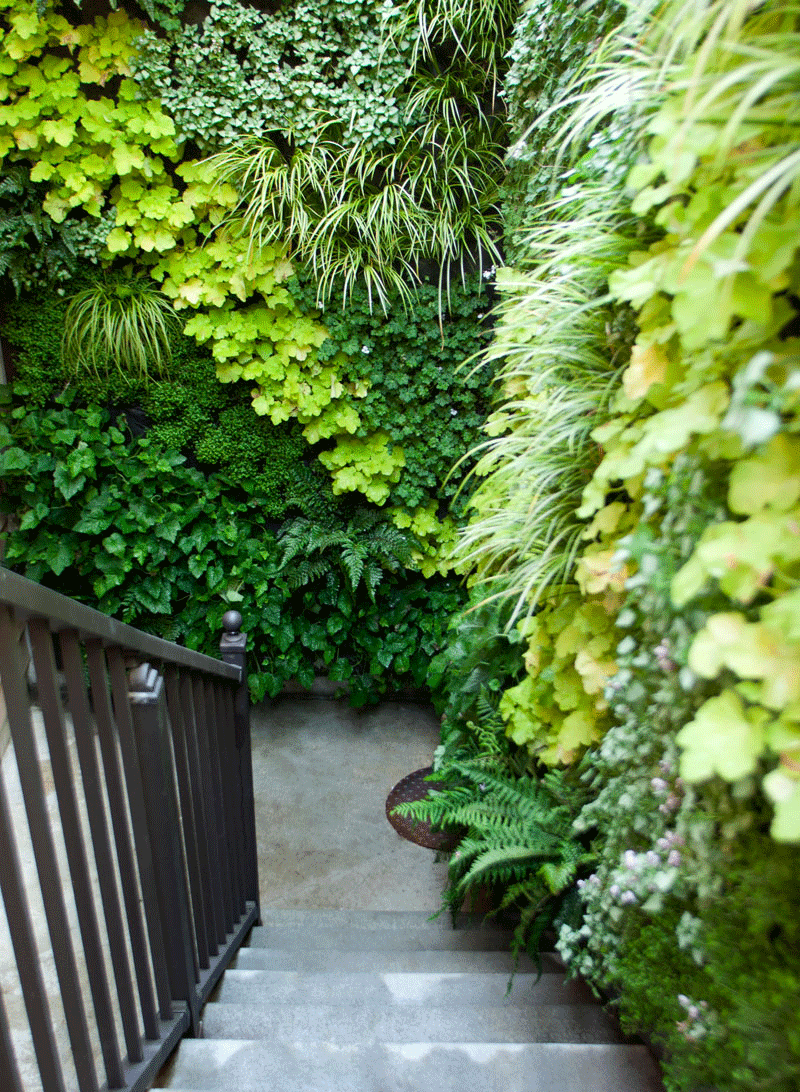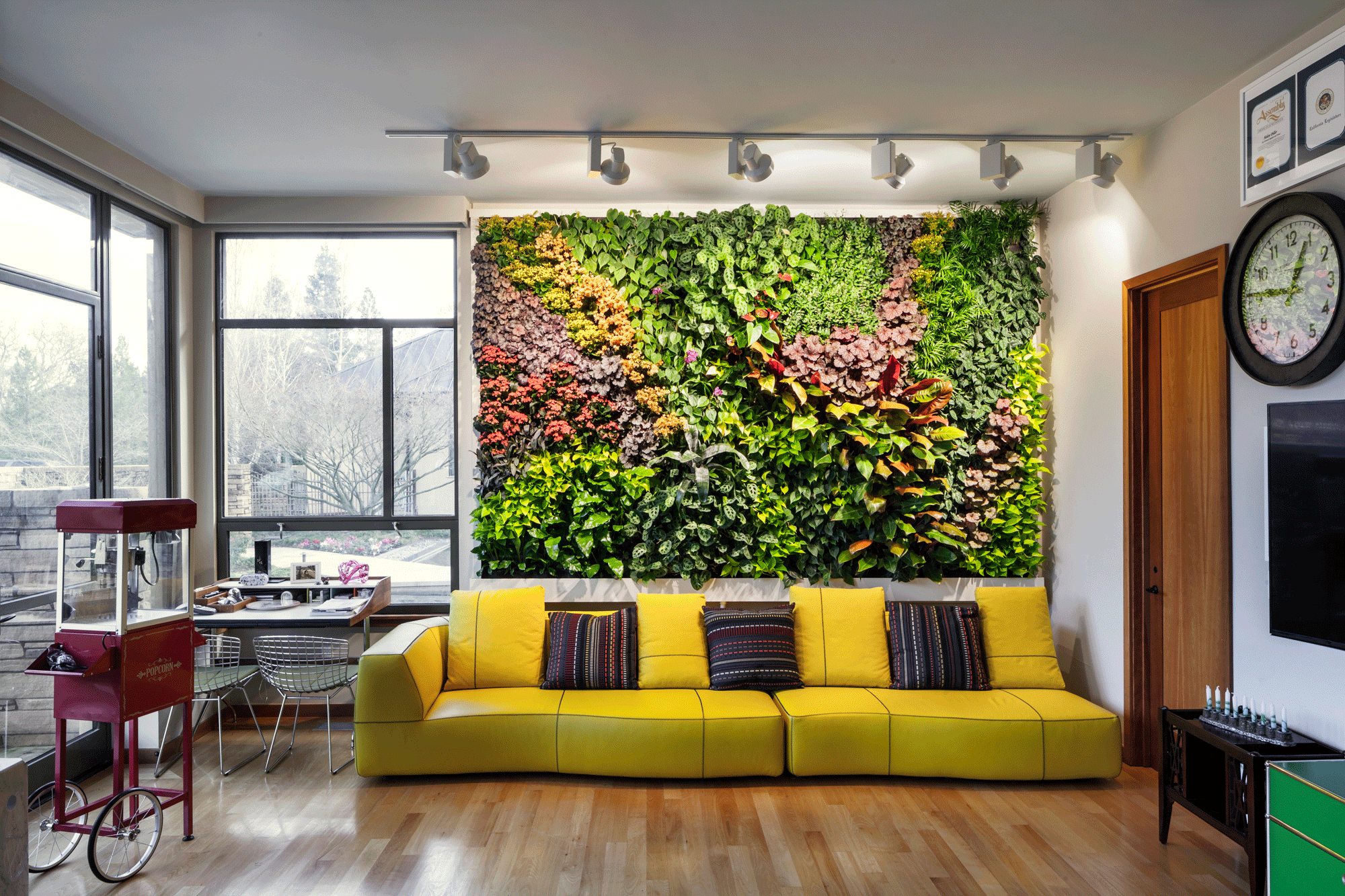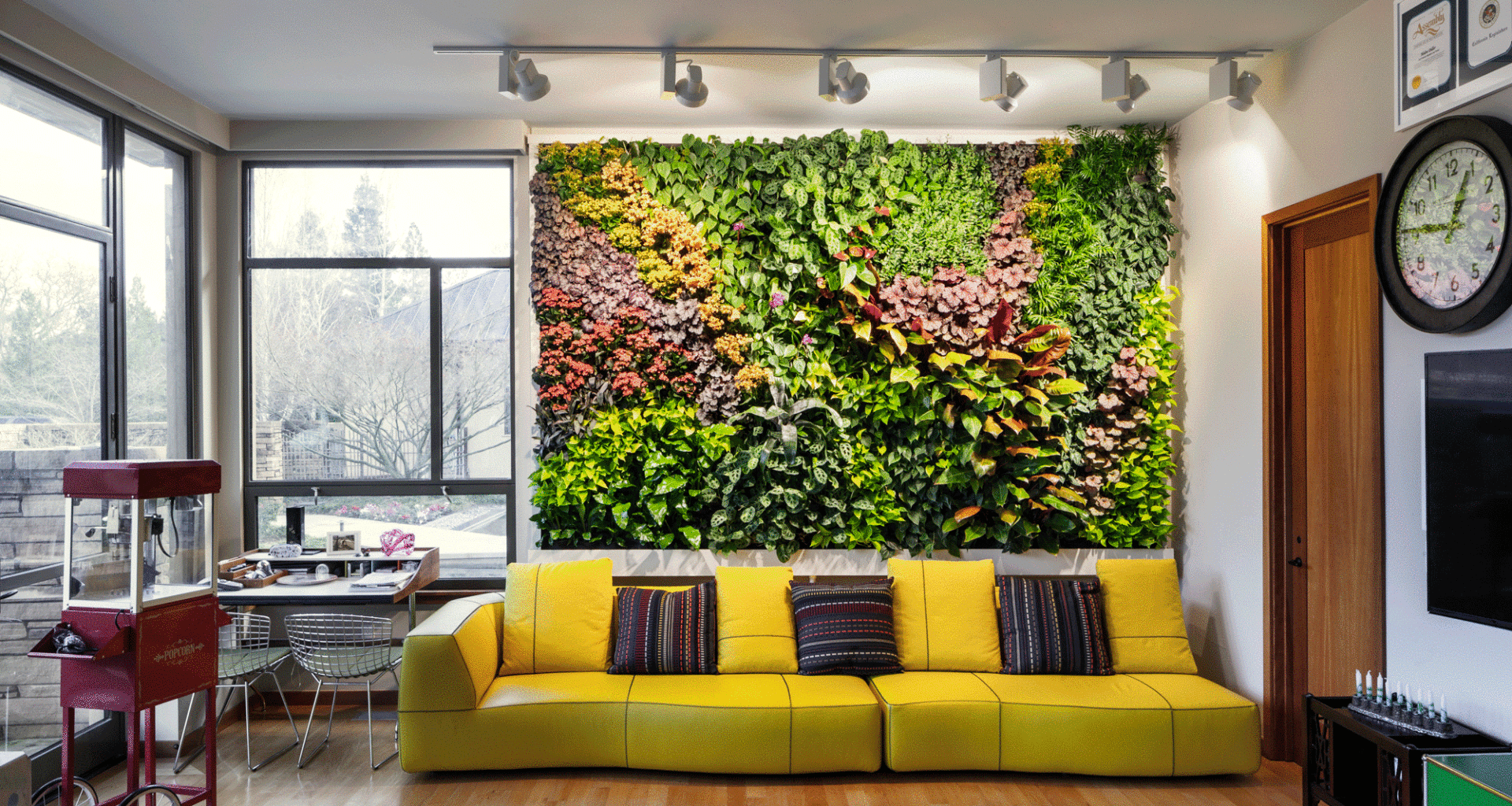
Innovative Vertical Gardens Lead to a Healthier, Happier Life
Green, the color of life and harmony that traditionally fills our yards and gardens, is taking a new direction…up. Nearly 30 years ago in France, botanist and artist Patrick Blanc launched the living wall, his innovative approach to bringing life to the urban jungle. Mur végéta, as the French refer to it, gradually spread throughout Europe and has now taken root in California.
One of the pioneers of the vertical garden in the US is David Brenner, founder of Habitat Horticulture in San Francisco who discovered the idea while studying in London. There, his passion for epiphytic plants and desire to promote an awareness of how plants directly impact quality of life was born.
“There is a therapeutic effect plants have on people; psychologically, they are stress-relieving. So, the city and crowded areas like the beach are ideal for the vertical approach. It not only brings something new and green into an otherwise concrete area, but it also encourages a thriving ecosystem,” states David Brenner.
Proven to positively affect the environment, plants help clean the air, increase energy efficiency and reduce carbon emissions. Attributes of the vertical garden also include saving space for city dwellers and controlling the acoustics of neighborhood noise to create a calming environment. Living walls also are ideal for the office or workspace, too, due to their ability to boost creativity and productivity.
“Most of our clients do realize that plants are a must-have in office spaces, simply because they keep us healthy. What we desire to do is visually make a statement with plants, and get people excited about nature and their health benefits,” explains David Brenner.
Installing an interior or exterior living wall is quite complex. Superior planning, therefore, is imperative. Based on design, the initial stages include drawings, a plant layout and plant selection. The Habitat Horticulture team examines microclimates, growth rates and lighting conditions to ensure a successful project.

Mindful of the drought in California, David Brenner shares, “We are combating the drought with recirculating systems, and using drought tolerant plants.
It is a concern, so we are doing more and more water-wise, like using sensors for watering.”
When a layout is complete, installation of the living wall system begins, with final steps including installing plumbing and electrical, waterproofing the existing wall, building a framework, then adding the irrigation system. Once plants are installed, regular maintenance is advised.
These botanical feasts for the eye do come with a price. Projects vary, starting around $125-$150 per square foot for residential installations, but considering the visual uniqueness and positive health benefits involved, exchanging a bit of green for a bit of green is truly priceless.
Photography Courtesy of Garry Belinsky | Landscape Artist David Brenner, Founder of Habitat Horticulture


